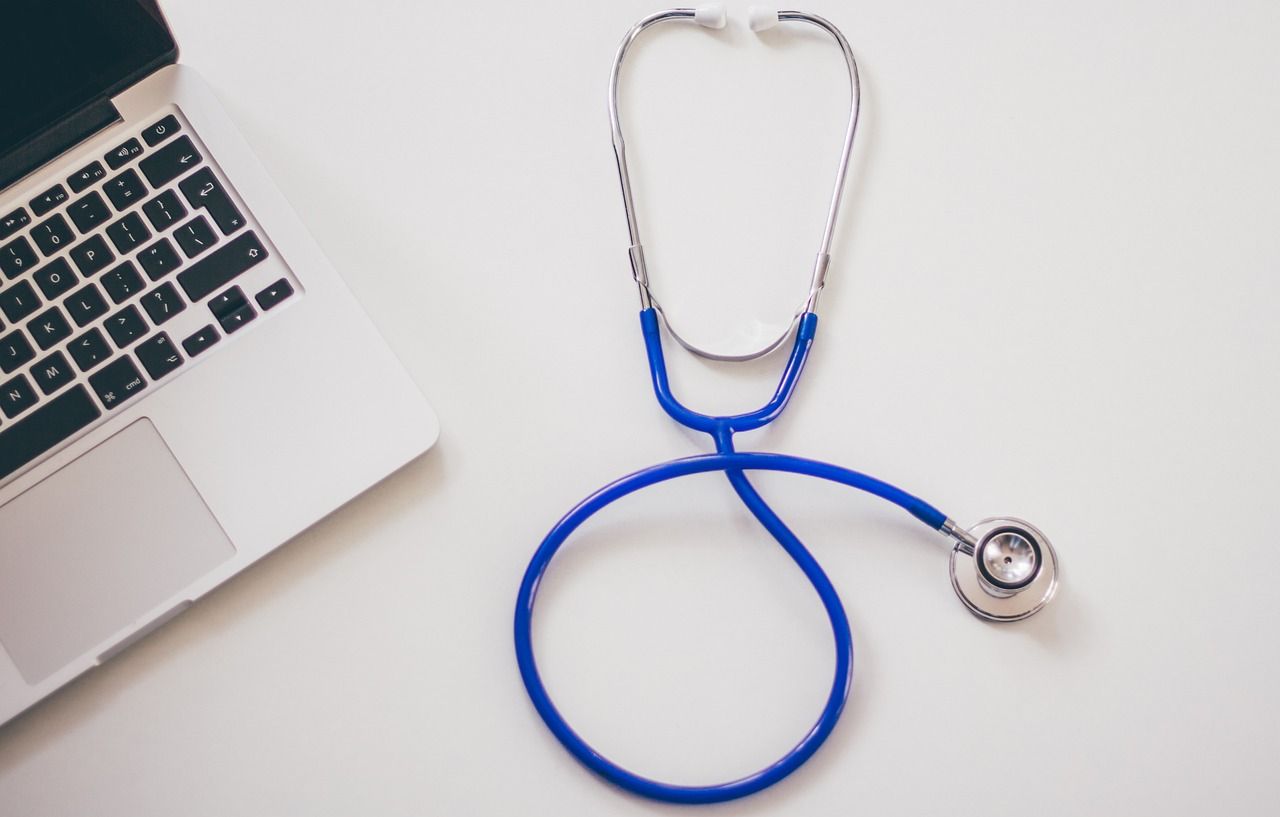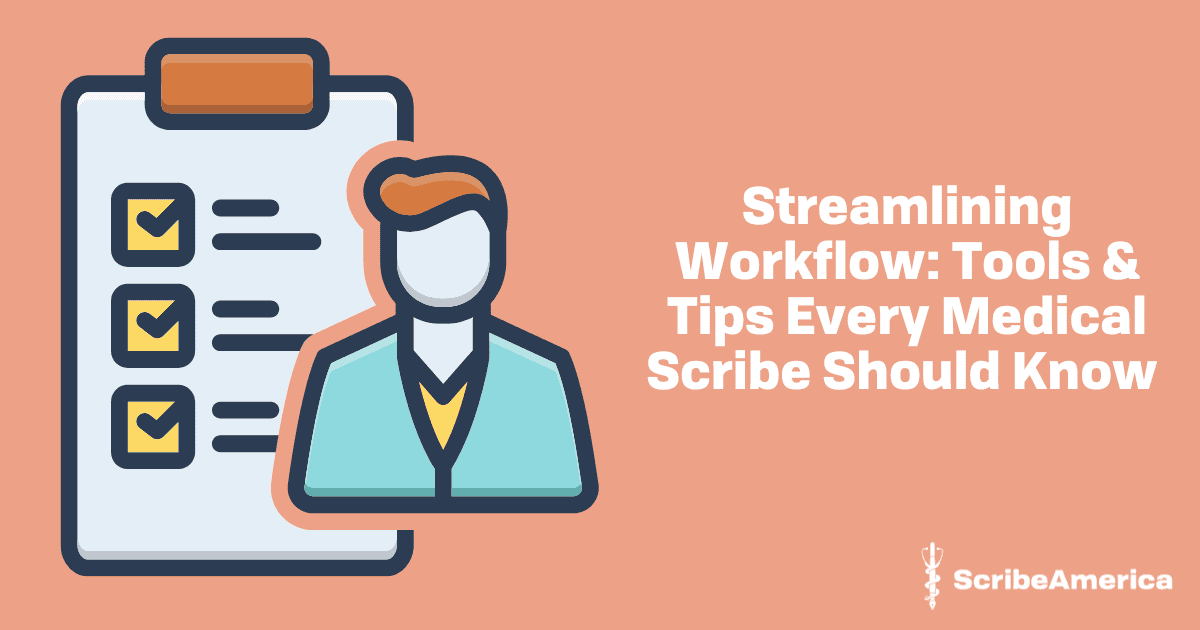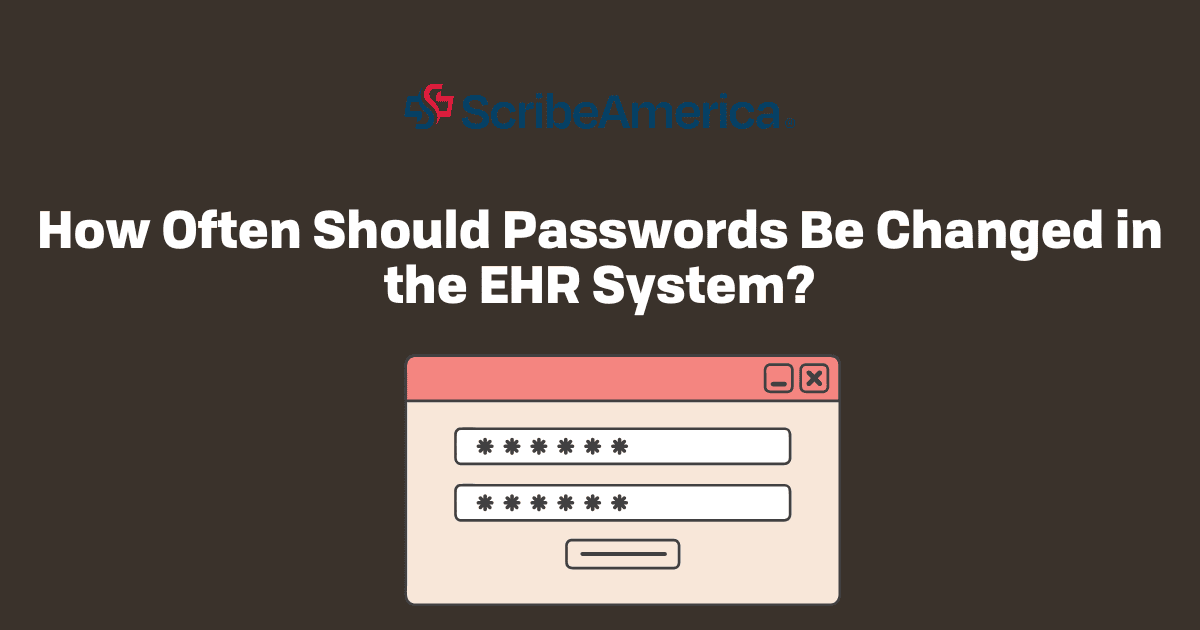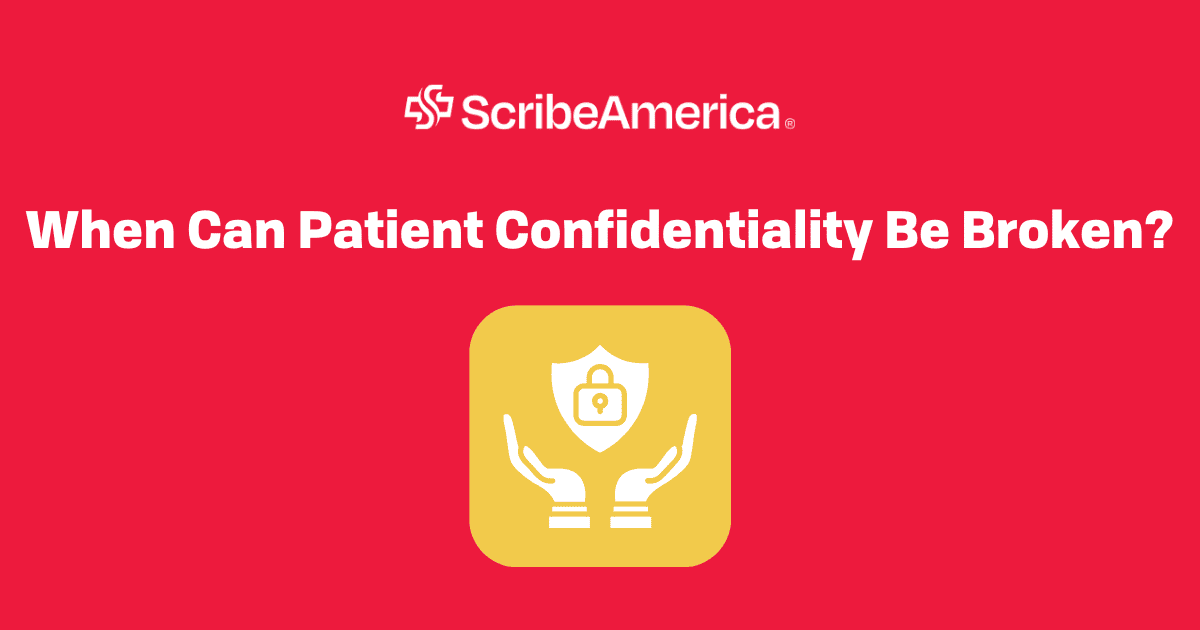Medical scribes are indispensable in today’s healthcare settings, providing crucial support to physicians by handling documentation and ensuring accurate patient records. However, the role comes with its own set of challenges, including the need to stay organized, efficient, and precise. With the right tools and tips, medical scribes can streamline their workflow, improve accuracy, and contribute to better healthcare delivery. Let’s explore the most important medical scribe tips that can significantly enhance a scribe’s daily operations.
Medical scribe transcription software - why does it matter?
In busy medical environments, where time and precision are essential, medical scribe software ensures that the process of note-taking and record-keeping is seamless.
Modern medical scribe software integrates directly with electronic health record (EHR) systems, minimizing the need to switch between different programs. This integration reduces the risk of errors and saves considerable time, allowing scribes to document information more swiftly and with greater accuracy, even in high-pressure situations.
Looking for the ideal medical scribe transcription software? Speke combines advanced AI with the expertise of top-trained medical scribes, helping providers save up to 2.5 hours daily and cut documentation time by 50%. Just hit record to take your medical scribing to the next level. To learn more, visit the Speke website.

Tips for managing your medical scribe tasks effectively
Focus on smart organization
While medical scribe tools and software are important, organizing your day can make all the difference. By setting clear priorities, you can stay on top of tasks even during busy shifts. Having a quick-reference task list for your daily responsibilities helps keep you on track and ensures you’re focusing on essential items. For patient encounters, take a moment to review charts beforehand. This extra step helps you quickly capture new information and makes it easier to note details that might otherwise slip through the cracks.
To further streamline your day, keep your workspace clear and your resources easily accessible. Having patient files and essential tools readily available will allow you to dive into each task with minimal delays.
Keep charts updated in real-time
One of the best habits a scribe can develop is to update charts in real time. Rather than waiting until the end of your shift, document details as soon as possible after patient interactions. This reduces backlogs and helps keep patient information accurate, especially on fast-paced days when small details can be easily forgotten.
If immediate updates aren’t possible, jot down key details before you move on to the next task. This way, you’ll have quick reminders when you return to complete the chart later. Not only does this approach support accuracy, but it also helps the healthcare team make timely decisions with up-to-date information.
Always use HIPAA compliant medical scribe software
Using HIPAA-compliant medical scribe software is a must to maintain patient privacy and uphold the highest standards of healthcare security. HIPAA compliance ensures that any tool or platform used in handling patient information meets strict guidelines for data protection and confidentiality. This not only prevents unauthorized access to sensitive medical records but also safeguards against potential data breaches that could compromise both patient trust and legal standing. For medical scribes, adhering to HIPAA standards is critical, as it protects patients' private information, aligns with healthcare regulations, and supports a secure, reliable workflow that healthcare providers and patients alike can depend on.
Don’t forget to take breaks & ask questions
Medical scribing can be challenging and demanding, especially in high-stakes environments. Don’t be afraid to ask questions or clarify information if anything is unclear. Don’t forget to take structured breaks to maintain your focus throughout the day. Use these moments to regroup mentally or review your remaining tasks. This approach fosters both accuracy and efficiency.
The takeaway
Medical scribes are a vital part of healthcare, and by mastering a few simple medical scribe tools and tips, you can make your workflow smooth and effective. We hope now you’re well-equipped to support healthcare providers and contribute to accurate, timely documentation!




